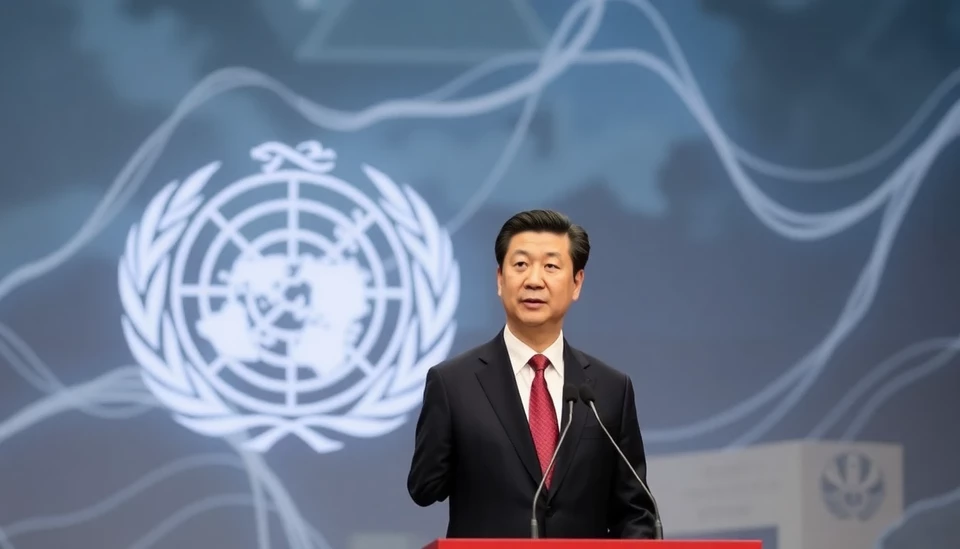
In a notable shift within international trade dynamics, European wine and butter exporters are increasingly turning their attention to the United States market as they seek to circumvent the high tariffs imposed during the Trump administration. This strategic pivot is primarily motivated by the potential for enhanced profit margins and a more stable market environment in the U.S., compared to their traditional markets in Europe.
The backdrop for this shift is a complex landscape of trade relations that has seen fluctuating tariffs affecting the prices of various imported goods, particularly those originating from the European Union (EU). The 25% tariffs on certain EU products, part of a long-standing dispute over subsidies to aircraft manufacturers, led to a sharp decline in sales for many European food and beverage producers.
As they grapple with these challenges, exporters have begun to see the U.S. as a viable alternative market. Many producers are ramping up their marketing efforts and distribution channels aimed specifically at American consumers, hoping to reclaim lost revenue that was once derived from exports to the U.S.
Industry insiders note that the change in focus comes at a crucial time when consumer tastes are evolving, with U.S. consumers displaying a growing appetite for high-quality, artisanal products like fine wines and specialty butters. Wine producers in regions such as France and Italy are keenly aware of this trend and are gearing up to meet the demands of this lucrative market.
Butter producers, particularly those from France, are also strategically positioning themselves. They are leveraging the artisanal image of their products, which is expected to resonate well with American consumers who prioritize quality and authenticity. This has inspired a fresh wave of branding strategies that highlight the rich heritage and unique flavors of European butter.
However, the transition to the U.S. market is not without its hurdles. Exporters must navigate a labyrinth of regulations and compliance issues, including labeling requirements and import tariffs that, although lower than previous years, still present challenges. Some businesses are even forming alliances with local distributors to better manage logistics and ensure their products reach U.S. consumers promptly.
Despite the obstacles, optimistic predictions are emerging within the sector regarding the potential growth of European wine and butter sales in the U.S. The shift is seen not just as a short-term solution, but as part of a longer strategy intended to re-establish a stable foothold in the American market for the foreseeable future.
In conclusion, as trade relations continue to evolve, European wine and butter producers are poised to make significant inroads into the U.S. market. Their adaptability and willingness to pivot in response to changing global trade conditions highlight their resilience and commitment to growth and innovation in the face of adversity.
#EuropeanWine #USMarket #ButterProducers #TradeShift #QualityProducts #ArtisanalFood
Author: Laura Mitchell




